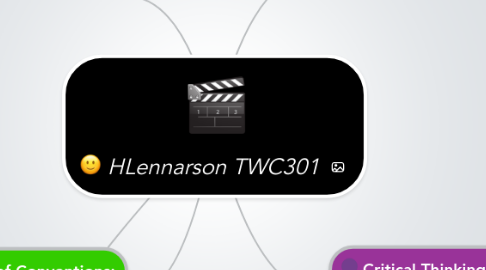
1. Processes
1.1. Be aware that it usually takes multiple drafts to create and complete a successful text
1.1.1. It takes different drafts to develop the proper alignment for a poster, paper, or other type of presentation depending on the audience and/or occasion. C5
1.2. Develop flexible strategies for generating, revising, editing, and proof-reading
1.3. Understand the collaborative and social aspects of research and writing processes
1.4. Use appropriate technologies to manage data and information collected or generated for future use
1.4.1. There are multiple different technologies which can be used in order to create balance with a web design. C4
2. Knowledge of Conventions:
2.1. Learn common formats for different genres
2.1.1. Balance is a common format used in a variety of genres. C4
2.2. Develop knowledge of genre conventions ranging from structure and paragraphing to tone and mechanics
2.2.1. Using contrast when writing or developing some sort of format for an audience to view can be enhanced due to the knowledge of how to use structure, tone, and of different genre conventions. C3
2.3. Understand and apply legal and ethical uses of information and technology including copyright and intellectual property
2.3.1. It is always important to know the rights of both yourself and the individual's creative work you are viewing/using. HW 7
3. Personal Goals
3.1. I would like to better learn how to write in different genres
3.2. I look forward to using different technologies to help with the organization, sharing, and use of information I have found
3.3. I also look forward to learning more about applying the legal and ethical uses of information and technology
4. Rhetorical Knowledge
4.1. Identify, articulate, and focus on a defined purpose
4.1.1. Emphasis helps the audience to identify/focus on a defined purpose (a product, form of entertainment, deal, etc.) C2
4.2. Respond to the need of the appropriate audience
4.2.1. Emphasis can be placed on what a certain audience may need. C2
4.3. Respond appropriately to different rhetorical situations
4.4. Use conventions of format and structure appropriate to the rhetorical situation
4.4.1. One can utilize repetition in the format and structure of a design to assist with getting their thought accross in a rhetorical situation. C6
4.5. Adopt appropriate voice, tone, and level of formality
4.5.1. Depending on how much or little contrast is used can effect the level of formality of the media being presented. C3
4.6. Understand how each genre helps to shape writing and how readers respond to it
4.6.1. To capture the attention of a target audience or single reader, alignment can play a very useful key role. C5
4.7. Write in multiple genres
4.7.1. While writing in multiple different genres, it is important to keep the idea of flow in mind to both demonstrate knowledge of how to use flow in different genres, as well as being able to retain the interest of an audience. C7
4.8. Understand the role of a variety of technologies/media in accessing, retrieving, managing, and communicating information
4.8.1. One must keep these things in mind when dealing with copyright, fair use, and creative commons policies. HW 7
4.9. Use appropriate technologies to organize, present, and communicate information to address a range of audiences, purposes, and genres
4.9.1. Creating a list of instructions is a good way to organized and present and idea, purpose, or task. InstructionAssignment
5. Critical Thinking, Reading, and Writing
5.1. Use information, writing, and reading for inquiry, learning, thinking, and communicating
5.1.1. Based upon how grammar and writing are done, learning, thinking and communicating can be achieved faster and easier. InstructionAssignment
